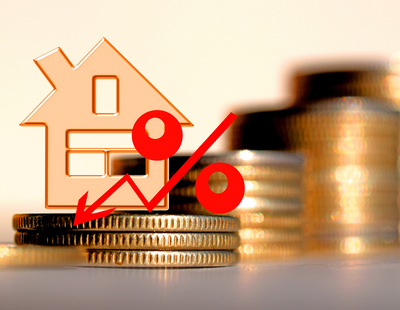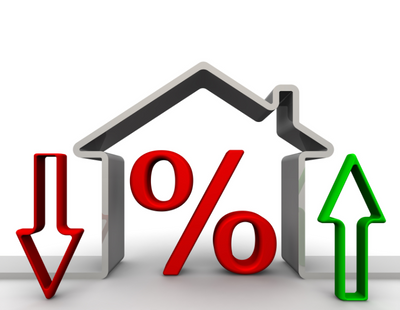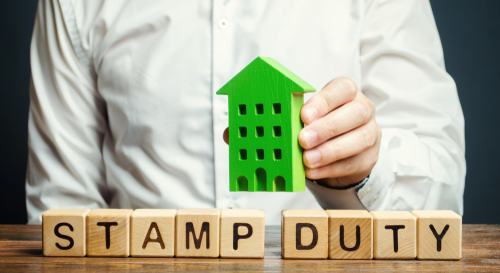Annual asking price growth also slowed from 3% to 1.7%.
However, asking prices for typical first-time buyer homes - two bedrooms and fewer - have increased by 2% annually to a record high of £224,963, Rightmove said.
The level of sales agreed are still 18% behind last year’s “exceptional market,” Rightmove warned but are just 1% behind March 2019, according to the research.
The first-time-buyer sector leads this recovery, with agreed sales now 4% higher than in March 2019, while the second-stepper sector remains 4% behind, and the top-of-the-ladder sector 3% behind
Average stock per agent has also increased from 43 to 45 while time to secure a buyer dropped during March from57 to 55 days.
Tim Bannister Rightmove’s director of property science, said: “Agents are reporting that many sellers have transitioned out of the frenzied multi-bid market mindset of recent years and understand the new need to tempt Spring buyers with a competitive price.
“The current unexpectedly stable conditions may tempt more sellers to enter the market who had been considering a move in the last few years but had been put off by its frenetic pace. Buyers may have struggled to find a home that suited their needs in the stock-constrained market of recent years and will now find more choice available.
“However, those who have now decided to make a move should not wait around too long to make an enquiry if they see the right home for sale, as not only is the number of sales agreed now back to pre-pandemic levels, but homes are also on average selling twelve days more quickly than at this time in 2019.”
Bannister said the current “multi-speed market” is highlighted by sales of larger homes continuing to lag behind, with some sellers in the upper sectors likely needing to show a greater degree of pricing restraint to attract buyers in this much more price-sensitive market.
He added: “More competition amongst lenders in the smaller deposit, higher loan-to-value ranges is positive news for those would-be first-time buyers who have saved up their deposit and can still afford to move. However, it remains a challenging environment to get onto the ladder, with new record average asking prices and higher borrowing costs to budget for than a year ago.”
It comes as research by Savills shows commitment to move among buyers has returned to levels not seen since February 2022.
The agent’s latest survey of prospective prime property buyers and sellers shows 60% of purchasers
now say that recent interest rate rises and the increased cost of living is having no effect on their budget and source of funding, up from 54% in August 2022.
Commitment among prime buyers and sellers has improved significantly in both in the short and long term, according to Savills. A net balance of +28% have said that they are looking to move in the next three-to-six-months, up from a net +7% in November 2022.
But despite increased confidence, a lack of stock remains an issue for prime buyers, Savills warned.
Three quarters of buyers said a lack of stock is having an effect on their ability to purchase a home – rising to almost nine in 10 of those looking to upsize their property.
Frances McDonald, director of residential research at Savills, said: “This is a significant shift in sentiment after the marked dip in confidence we saw towards the back end of last year.
“While cash buyers have taken a greater share of the market, accounting for 39% of all transactions in January, commitment to move has also increased among typically highly leveraged buyer groups including upsizers.
“Families, in particular, are coming back to the market in search of more space, particularly as build costs climb and appetite to extend and improve is dampened.
“While this increased optimism has yet to translate into more mortgage approvals, it's a good sign that the market is moving in the right direction.”





























Join the conversation
Be the first to comment (please use the comment box below)
Please login to comment